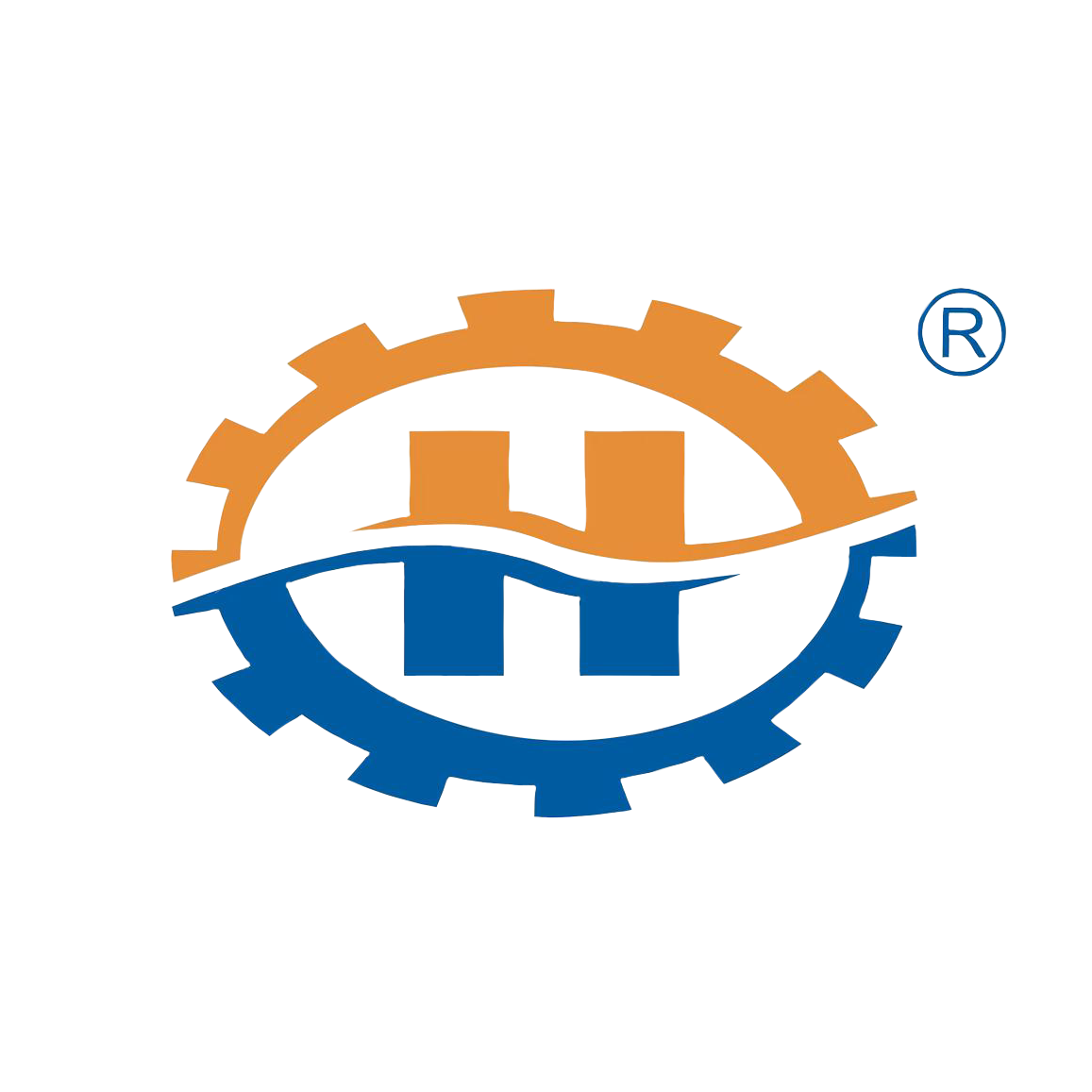The selection of a control valve significantly impacts the performance, efficiency, and reliability of a hydraulic cylinder system. Choosing the right valve ensures stable operation, improves system responsiveness, and prolongs component lifespan.
In this article, we will explore two critical elements to consider when selecting control valves:
• Proportional directional valves
• Import pressure compensators
Let’s dive deeper into each aspect.
Choosing the Right Proportional Directional Valve
Proportional directional valves are key components in hydraulic systems, responsible for regulating both the flow and direction of hydraulic fluid. Their performance can vary depending on system specifications and operational demands.
When selecting a proportional directional valve, consider the following:
• System Requirements: Analyze the flow rate, pressure demands, and application environment.
• Component Combinations: In many setups, different valve components can be combined to meet specific needs. For example, an energy-saving directional valve can be paired with a constant pressure relief valve to create a differential pressure compensation directional valve.
• Electrical Control: These valves use input electrical signals to manage flow. The system maintains stable output flow despite fluctuations in supply pressure or load pressure, enhancing both stability and precision.
A typical differential pressure relief valve operates with a pressure difference around 1.0 MPa. Based on this pressure difference, the control input must be adjusted accordingly:
• High Flow: When a large flow is required, the input signal should be approximately 90% of the maximum input signal.
• Low Flow: For smaller flows, ensure that the input signal is greater than the valve’s dead zone threshold.
By fine-tuning the signal input, you can significantly improve flow resolution and prevent crawling issues in the hydraulic cylinder—an essential consideration for systems requiring high accuracy and smooth movement.
Practical Example:
In a high-precision robotic arm hydraulic system, a properly selected proportional directional valve ensures that the arm moves smoothly without jerking or delay, even under varying load conditions.
Choosing the Appropriate Import Pressure Compensator
Import pressure compensators play a crucial role in maintaining consistent pressure and flow across hydraulic circuits, regardless of external fluctuations.
Key considerations when selecting an import pressure compensator:
• Design Type: Most hydraulic cylinders use either a bidirectional or a three-way pressure compensator, with bidirectional being more common due to its versatility.
• Minimum Pressure Differential: To function effectively, a compensator requires a minimum pressure difference across its ports. This guarantees proper flow regulation and system stability.
Without adequate pressure compensation, systems can experience flow irregularities, causing operational inefficiencies and potential damage to sensitive hydraulic components.
Important Note:
Choosing a compensator that matches your system’s pressure range and response time is critical. Overcompensation or undercompensation can lead to inefficiencies or even mechanical failures.
Final Thoughts
Selecting the right control valve and pressure compensator for a hydraulic cylinder system requires careful consideration of system needs, operational environment, and performance expectations.
Proper selection not only enhances performance but also reduces maintenance costs and extends equipment life.
At Jinzhuang Hydraulic, we specialize in providing customized hydraulic solutions to meet a wide range of industrial needs. If you have any questions or require assistance in selecting the ideal hydraulic components, feel free to contact our team.
Optimize your hydraulic systems today with the right control valve solutions!

Interested in the overall structure of a hydraulic system? Learn about the key design consideration for large hydraulic oil tank here.





通告: How to Safely Disassemble HC Thin Hydraulic Cylinder